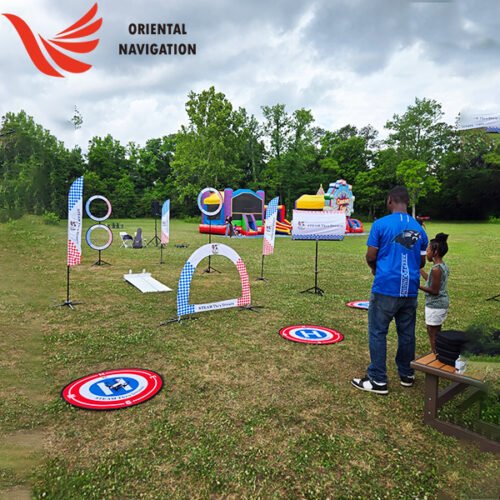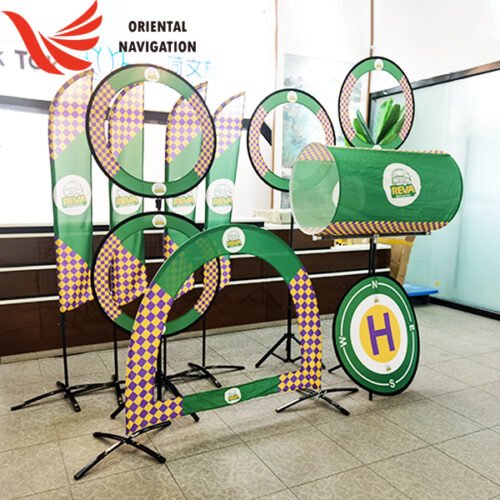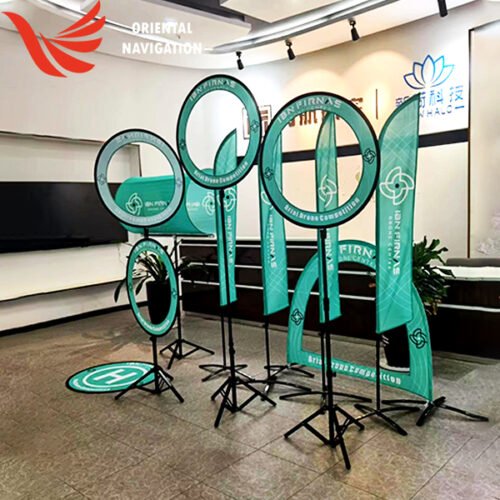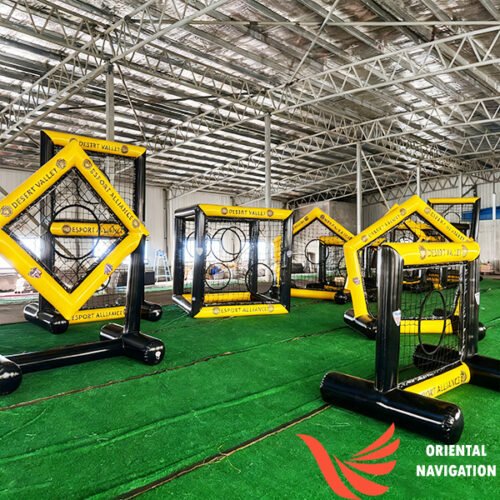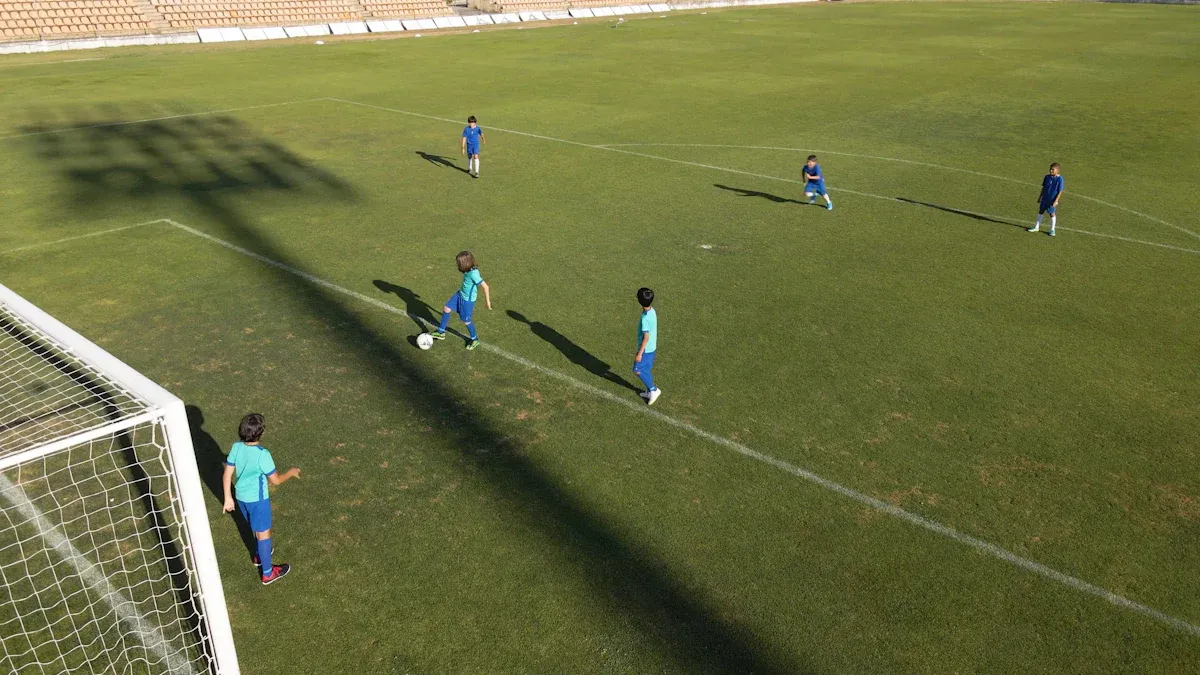
When I first heard about drone soccer, I was surprised. It’s a game where you fly drones and use teamwork. Teams control drones with protective cages in a netted arena. The goal is to fly the drones and score points. It’s like soccer, but it happens in the air with drones. Watching the drones move fast, I see why it’s popular. It’s exciting, hard, and connects people in a fun way.
Key Takeaways
- Drone soccer mixes flying drones with teamwork, creating a fun game.
- Games have three rounds, each lasting three minutes.
- Teams score points by flying drones through goal hoops.
- Teamwork is key; players must talk and plan to win.
- Drone soccer teaches STEM skills like tech, engineering, and solving problems.
- Starting a team is fun and educational but needs gear and practice.
What Is Drone Soccer and Where Did It Originate?
When I first heard about drone soccer, I got curious. I wanted to know where it started. This team game began in South Korea. It was made to mix technology, fun, and teamwork. Later, it spread to other places, like the United States. Schools and esports groups helped it become popular.
Drone soccer is special because it mixes flying drones with soccer strategies. Players use small drones covered by round cages. These cages keep the drones safe during crashes. The goal is to fly your drone through the other team’s hoop. Watching the drones zoom around feels like a game from the future.
The sport grew fast because tech lovers and sports fans enjoy it. In South Korea, it taught students about science and engineering. It also became a competitive sport with local and global matches. Groups like the Federation of International Dronesoccer Association (FIDA) made rules and spread the sport worldwide.
I think drone soccer shows how tech can unite people. It’s not just about flying drones; it’s about teamwork and problem-solving. The sport’s start in South Korea shows its focus on learning and creativity. Today, it inspires players and fans everywhere.
How Are Drone Soccer Matches Played and Scored?
When I first watched a drone soccer match, I was amazed by how structured and exciting it was. The game takes place in a netted arena, where two teams compete to score goals using their drones. Each team has three to five players, and every player controls a drone equipped with a protective spherical cage. The goal is simple: fly your drone through the opponent’s goal hoop to score points. But there’s more to it than just flying.
Match Structure
Drone soccer matches follow a clear structure. Each match consists of three sets, with each set lasting three minutes. Between sets, teams get short breaks to repair their drones or adjust their strategies. The team with the most goals at the end of the match wins. If the score is tied, the game goes into sudden-death extra time. This format keeps the matches fast-paced and thrilling.
Scoring Rules
Scoring in drone soccer requires precision and strategy. Only one drone on each team, called the “Striker,” can score goals. To earn a point, the Striker must fly completely through the opponent’s goal hoop in the forward direction. If the drone doesn’t fully cross the goal line, the goal doesn’t count. I’ve seen players celebrate when their Striker successfully scores, and it’s always a highlight of the match.
However, there’s an offside rule to keep the game fair. If the Striker hovers in the opponent’s goal area or flies through the hoop without control, the team is considered offside. In this case, all drones on that team must return to their side of the field before attempting to score again. This rule adds an extra layer of strategy, as teams must carefully plan their movements.
Official Match Rules
Here’s a quick overview of the official rules that govern drone soccer matches:
| Rule Type | Description |
|---|---|
| Match Structure | A match consists of three 3-minute sets, totaling about 30 minutes, including repair breaks. The team with the most goals wins, with sudden-death extra time for tied matches. |
| Scoring | Only the Striker can score by flying completely through the opponent’s goal ring in the forward direction. Goals are invalid if the drone is offside or doesn’t fully cross the goal line. |
| Offside Rule | If a Striker passes through the opponent’s goal or remains uncontrolled in their area, the team is offside and must return to their half to reset. |
The Role of Teamwork
Teamwork plays a huge role in drone soccer. While the Striker focuses on scoring, the other drones act as defenders or supporters. Defenders block the opposing Striker from scoring, while supporters create opportunities for their own Striker. Communication between players is key. I’ve noticed that the best teams always have a clear strategy and work together seamlessly.
Drone soccer combines skill, strategy, and teamwork in a way that makes every match exciting. Watching the drones zip through the air and seeing the players’ strategies unfold is a unique experience. It’s no wonder this sport is gaining popularity in schools and competitions worldwide.
What Equipment and Skills Are Needed for Drone Soccer?
When I started drone soccer, I saw how important gear and skills are. The game uses special tools and teamwork abilities. Here’s a simple breakdown.
Needed Equipment
To play drone soccer, you’ll need these items:
- Drones: Players use small flying machines with round cages for safety.
- Controller: Remote controls help players steer their drones carefully.
- Arena: Games happen in netted spaces to keep drones safe and contained.
- Goal Hoops: Rings hanging in the air are used for scoring points.
- Protective Gear: Players and viewers often wear safety glasses for extra protection.
Good equipment helps teams perform better. Between rounds, teams fix and adjust their drones to keep them working well.
Skills You’ll Need
Drone soccer isn’t just about flying. It needs several skills:
- Drone Piloting: Players learn to build, program, and adjust their drones. These skills help control drones smoothly.
- Problem-Solving: Matches can be tough. Players must think fast and fix issues when drones have problems.
- Teamwork: Teams talk and work together to defend and score points.
- Leadership: Leading a team during stressful times builds strong leadership skills.
Tip: If you’re new, practice simple drone moves first. Then focus on teamwork and strategies to get better.
These skills make you a stronger player and prepare you for challenges. The mix of tech and teamwork in drone soccer is exciting. Whether playing locally or globally, having the right tools and skills is key to winning.
How Is Drone Soccer Being Used in Schools and Esports?
When I saw drone soccer in schools, I was amazed. It’s more than a game; it’s a way to learn. Students use it to explore STEM (Science, Technology, Engineering, Math). They build, program, and fix drones during lessons. These skills help them prepare for jobs in technology fields.
The U.S. Drone Soccer National Championship inspires students to study aerospace. It shows them career paths in aviation, science, and drone research.
Drone soccer also teaches teamwork and communication. I’ve seen players talk and plan during matches. Teams work together to block goals and score points. This teamwork builds leadership and decision-making skills.
In esports, drone soccer is becoming very popular. Tournaments bring players from all over the world. These events create a strong community among players. Teams practice often to improve their flying and strategies. Watching these games feels like seeing the future of sports.
Drone soccer mixes learning and competition in a fun way. It teaches important skills and is exciting to play. Whether in schools or esports, drone soccer is changing how we learn and have fun.
What Are the Opportunities and Challenges for Starting a Drone Soccer Team?
Starting a drone soccer team is exciting and fun. This sport brings people together and sparks interest in technology. It’s a way to learn, compete, and make new friends. But there are also challenges when forming a team. Knowing both the good and bad helps you prepare.
Opportunities
Drone soccer has many great benefits. First, it teaches teamwork. Players talk and plan together during matches. This helps them build strong friendships. Second, it supports STEM learning. Building and fixing drones teaches engineering and coding skills. These skills can help players in future tech jobs.
Another benefit is the sport’s growing popularity. Schools and esports groups support drone soccer, making tournaments easy to find. Joining competitions boosts confidence and helps players improve. Plus, flying drones and scoring goals is always exciting.
Challenges
Starting a drone soccer team isn’t always easy. One problem is the cost of gear. Drones, controllers, and safety items can be expensive. Teams also need a safe, netted space to play. Finding sponsors or raising money can help with these costs.
Another challenge is learning to fly drones. New players often find it hard to control them. Practice is key to getting better. Teams can improve by training often and sharing tips with each other.
Lastly, organizing a team takes effort. You need to plan practices, manage gear, and set up tournaments. Good leadership and teamwork make these tasks easier.
Even with challenges, starting a drone soccer team is worth it. It’s a mix of fun, learning, and competition. With the right effort, anyone can enjoy this cool sport.
FAQ
What is the youngest age to play drone soccer?
Kids can start playing drone soccer at age 10. Schools and youth groups often teach beginners how to play. Younger players learn quickly and have fun flying drones.
How much does it cost to play drone soccer?
Costs depend on the gear you need. A starter kit with a drone and controller costs $150–$300. Teams sometimes share gear to save money. Some local programs lend equipment to new players.
Can beginners play drone soccer?
Yes, beginners can join! Many programs teach simple flying skills first. Start with easy drone moves to gain confidence. With practice, anyone can enjoy drone soccer.
How long does it take to learn drone flying?
Basic flying takes a few weeks of practice. Advanced skills, like tricky moves and teamwork, need more time. Regular training helps players improve faster.
Are there professional drone soccer leagues?
Yes, there are leagues for skilled players! Groups like USDSA and FIDA host big tournaments. Joining a league is a great way to compete and get better.


